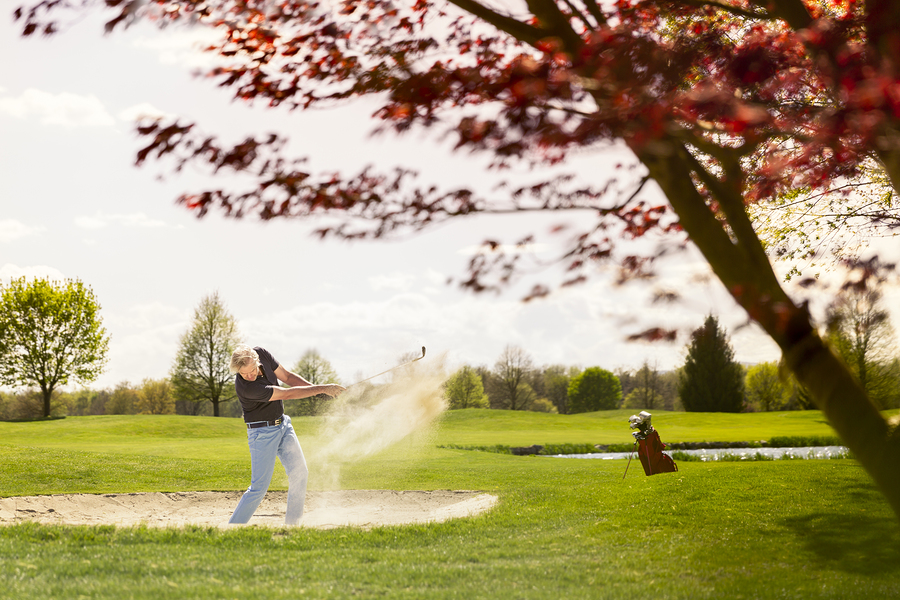
16 Oct Sifting Through Bunker Sand

Sand bunkers are considered one of the most frustrating and feared hazards on the course. They exist to test a player’s ability and skill, but for golf course superintendents, they are usually just a headache. In fact, they are generally considered one of the more controversial golf course areas because everyone has an opinion on how it should be cared for, its architecture, and what type of sand should be in it, making it highly subjective and frustrating for those maintaining it.
Selecting Sand
There is so much more involved in sand selection than one would think. Years ago, golf course supers could just call up the local sand pit and buy from whatever they had. Today, however, like with everything else, things continue to update and upgrade—and that includes bunker sand. There are seven factors to consider when choosing sand for your course:
- Particle Size (Most select medium-coarse range—so 0.25mm to 1.0 mm—but you need to take into account the green’s root zone so the sand will integrate well with it.)
- Particle Shape (Angular-shaped sand will provide the best resistance—meaning the ball is less likely to bury into the sand. “Sphericity” is also a consideration, and low sphericity will help offer better resistance. Just remember: round is bad.)
- Crusting Potential (When rain and/or surrounding irrigation water hits the sand’s surface, a thin, crusty layer can form on the surface. By having the sand properly cleaned, this can be avoided.)
- Chemical Reaction and Hardness (Your sand needs to be strong, otherwise it’ll breakdown and particle build-up will occur. Most sand contains quartz so this isn’t a problem.)
- Infiltration Rate (Hydraulic conductivity is in most sand, and if your sand is of the correct size and has high purity, this isn’t a concern.)
- Color (White, light tan, dark beige… this topic is subjective and mostly just about aesthetics. However, one thing to keep in mind is the sun glare off the sand if you choose white.)
- Penetrometer Value and Playability (This is the most important and controversial of all of the factors—because this is all about measuring the energy required to bury a ball in the sand—and of course, there is a difference of opinion on this subject. Some courses believe that 2.4 kg/cm2 is the ideal sand value. However, some believe that 3.0 kg/cm2 performs better. Unfortunately, there is no one right answer and most feel a better method needs to be found to accurately rate this.)
Don’t Get Sand Trapped
It’s important to be careful when selecting your bunker sand, and with all of these areas to consider, it can be easy to get lost. Not only should you make sure to request a sand sample so you can evaluate and test it yourself, but make sure a laboratory has properly inspected it as well. But rest easy: We can make the whole process simpler with our onsite analytical services. We can come onsite and evaluate not only your bunkers, but the entire ecosystem of your course, identifying problems and required tests.

